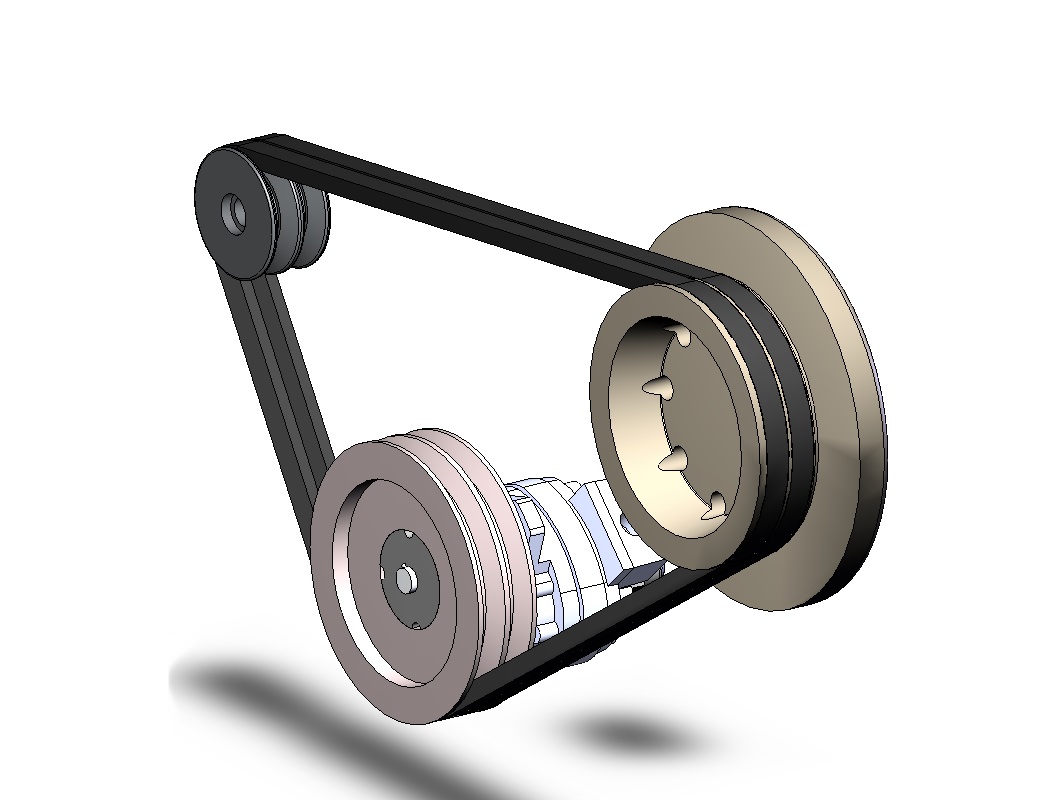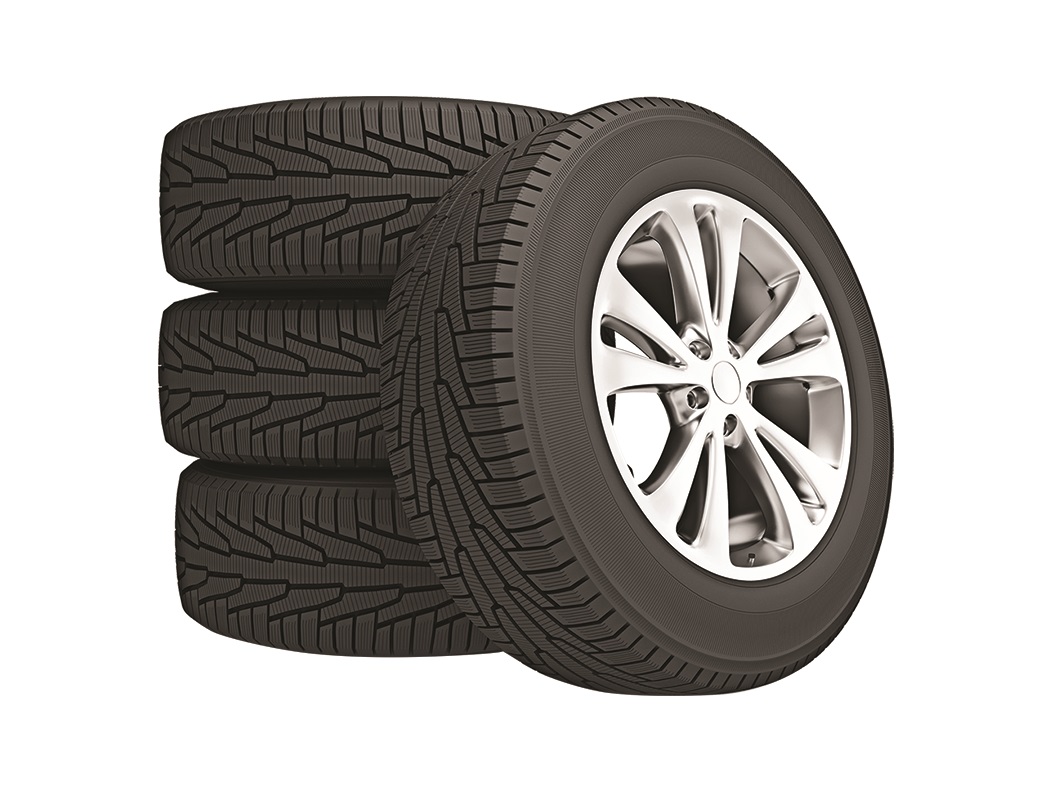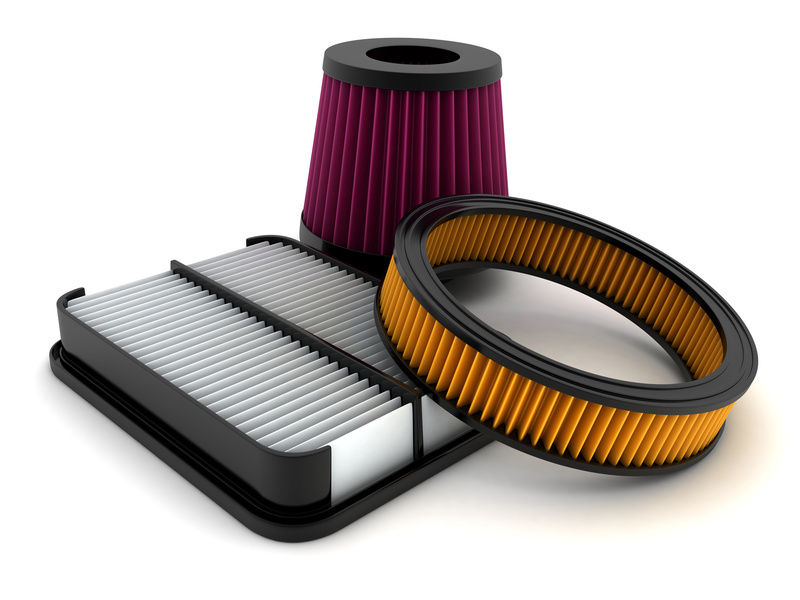
Serpentine Belt
With the advanced materials being used to make automotive belts today, most are lasting much longer than they used to, and in some cases belts don’t get replaced until after they fail. If a belt breaks, the effects can range from the simple inconvenience of not having your air conditioning to leaving you stranded in traffic to overheating and ruining your engine.
Belts will sometimes show visible signs of age before they break, including cracking, fraying, and glazing. Modern belts often show no visible signs of deterioration before they break. That means the recommendations for replacement have changed, too. So, the real question is “How do I, as a conscientious car owner, know when to start thinking about belt replacement?” Since you’re obviously wondering how long your car’s belt(s) should last, you’re probably not willing to wait for the inevitable to happen when you’re who knows how far from home.
Though some things that determine whether a belt needs replacement can’t be seen easily, any belt with visible glazing, fraying, cracks or chunks missing is worn enough to be replaced. Belts that have been contaminated by grease or oil should also be replaced since these fluids deteriorate belt material.
V-Belts usually should be inspected for wear after 3 years or 30,000 – 40,000 miles of use. According to belt manufacturers, failure rates rise sharply after 3 years of service. Replacing V-belts every 3 – 4 years can minimize the risk of sudden belt failure and avoid being stranded. Most cars on the road today have only one belt, a serpentine belt. These belts replace the multi-belt systems on older cars and started becoming common during the 1990s. Replacing several belts with one greatly simplifies belt maintenance overall.
Though recommendations for replacement are often made based on a mileage interval, keep in mind that how your vehicle is used, can also be a factor. Operating your car under conditions termed “severe” accelerates the wearing on belts (as well as on other components) and will probably be noticeable on inspection. Winters with freezing temperatures and summer heat in the triple digits would be classified as “severe” and become a factor in belt life.
Fact: What’s the average lifetime replacement cost? Answer: $599.80-$889.70Disclaimer Information: The above listed information is based on the average vehicle on the road today is 11.7 years; experiencing sever weather climate, and extreme driving conditions and driving habits. This is the opinion of Total Car Care Guaranteed For Life, Inc and you should always refer to your vehicle owner manual. Price estimation includes parts and labor cost to replace original replacement part.


